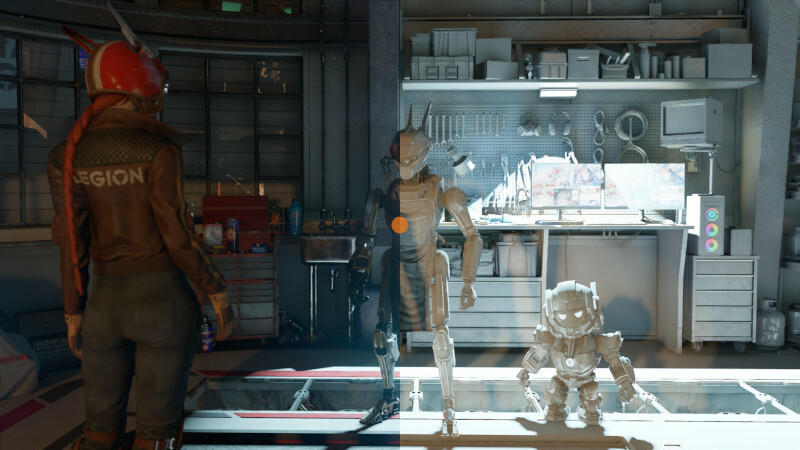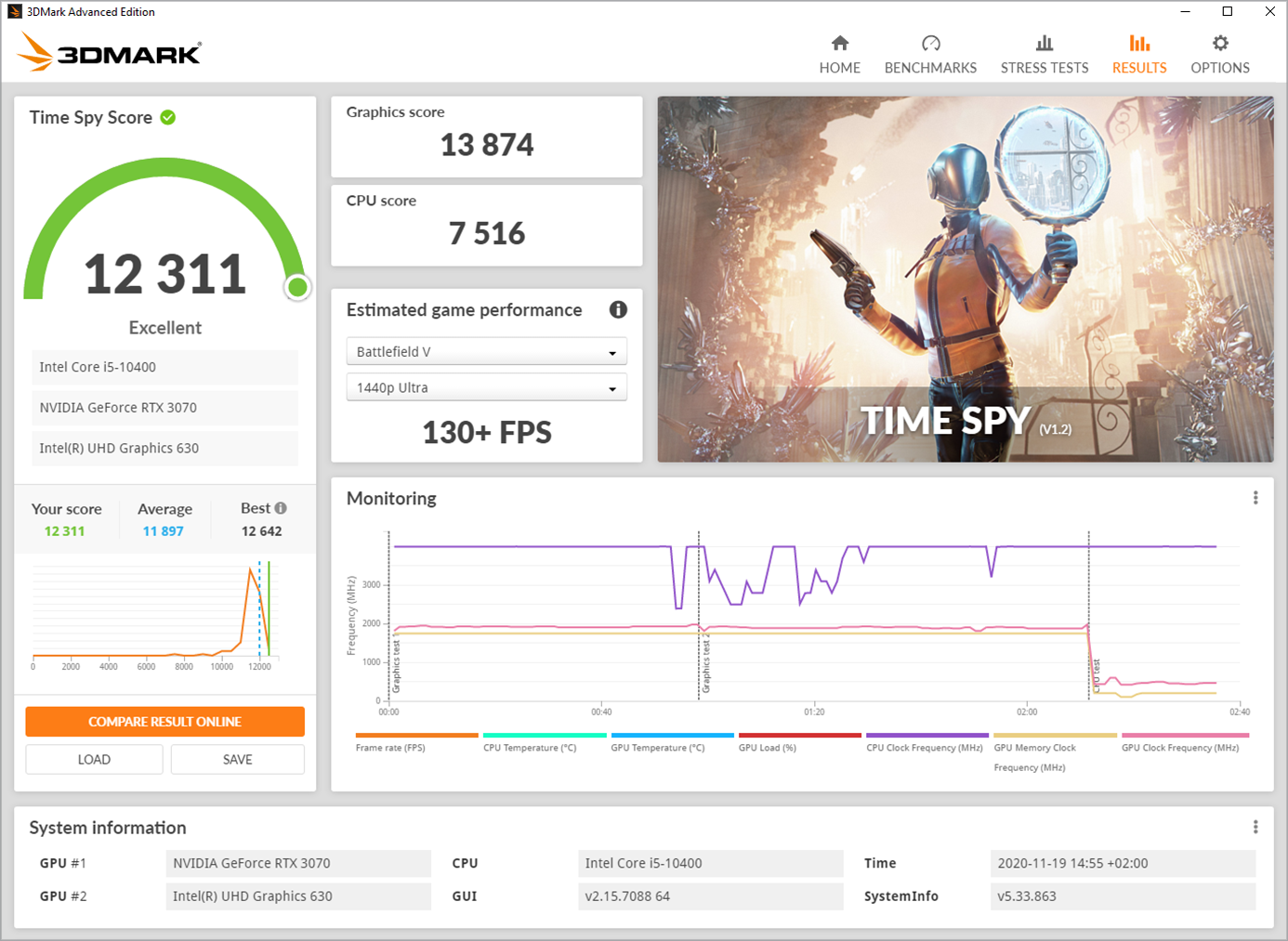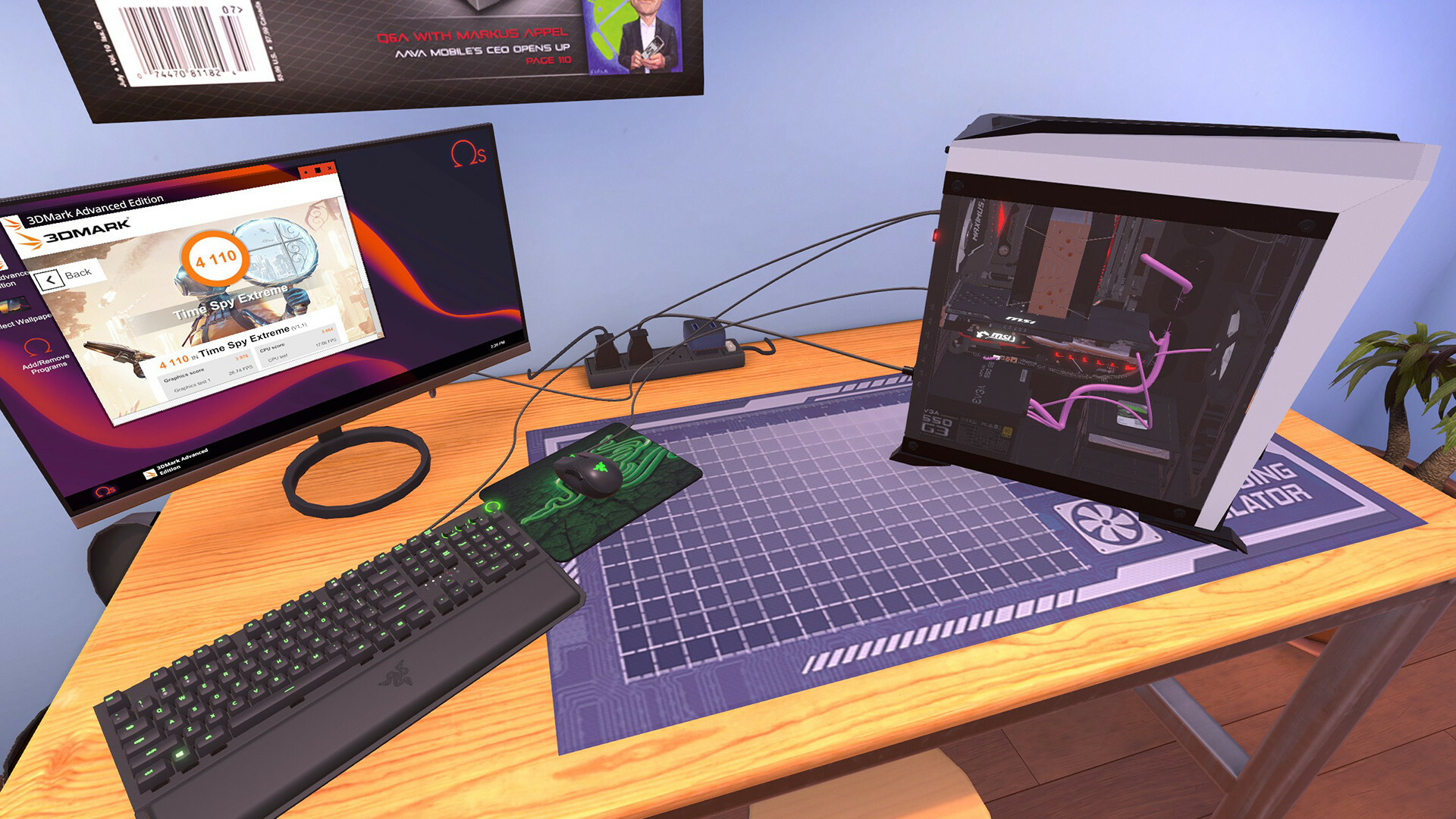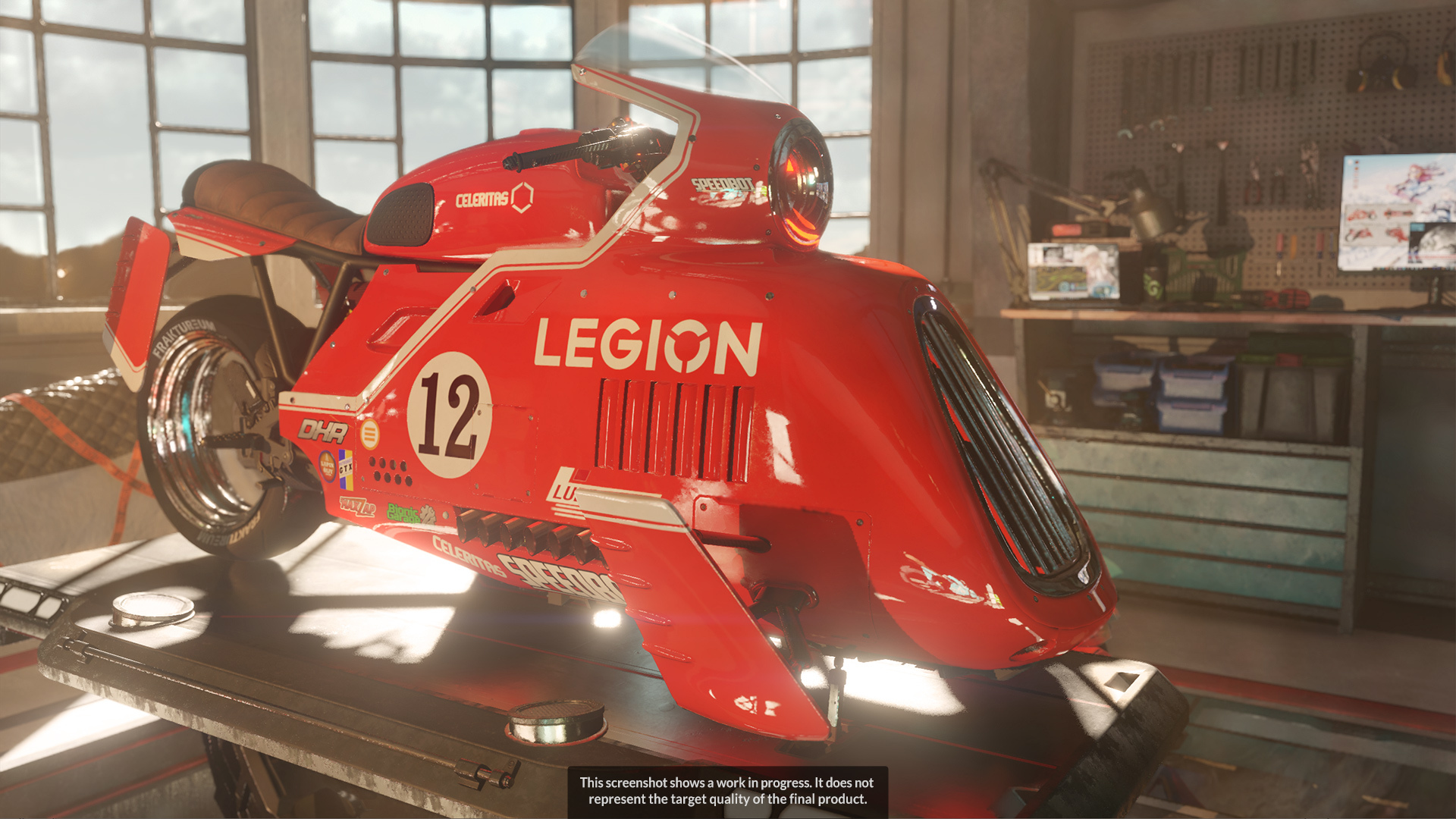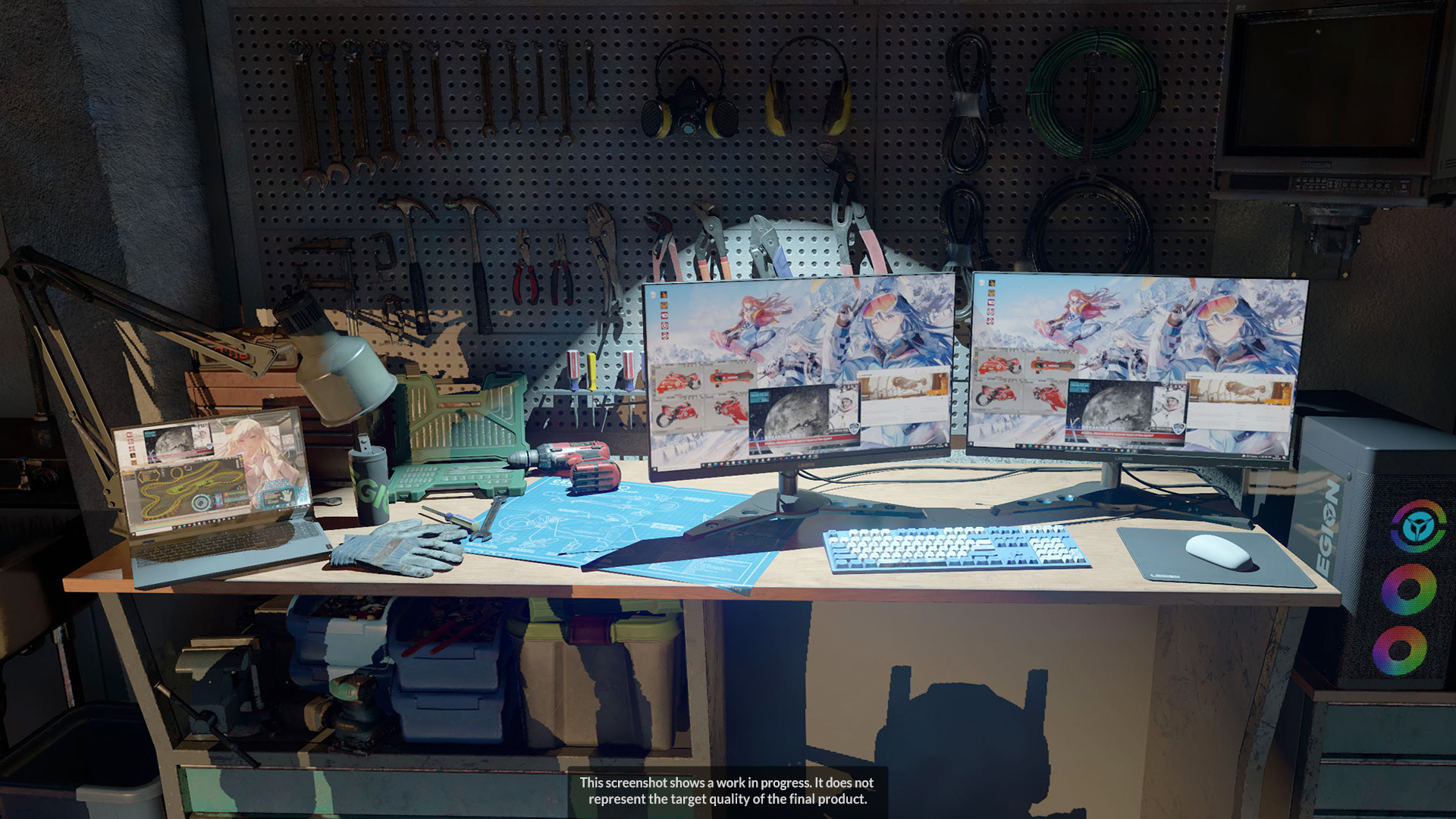
May 3, 2022
3DMark - UL_Jarnis
This is a minor update. Benchmark scores are not affected.
Improved
Improved
- 3DMark now recognizes negative GPU temperatures when calculating the average temperature on systems with exotic cooling.
- Improved the system compatibility check for Port Royal and the NVIDIA DLSS feature test.
- Fixed an issue with failed or canceled CPU Profile tests being incorrectly treated as valid runs.
- The 3DMark splash screen is now displayed correctly when starting the app.






